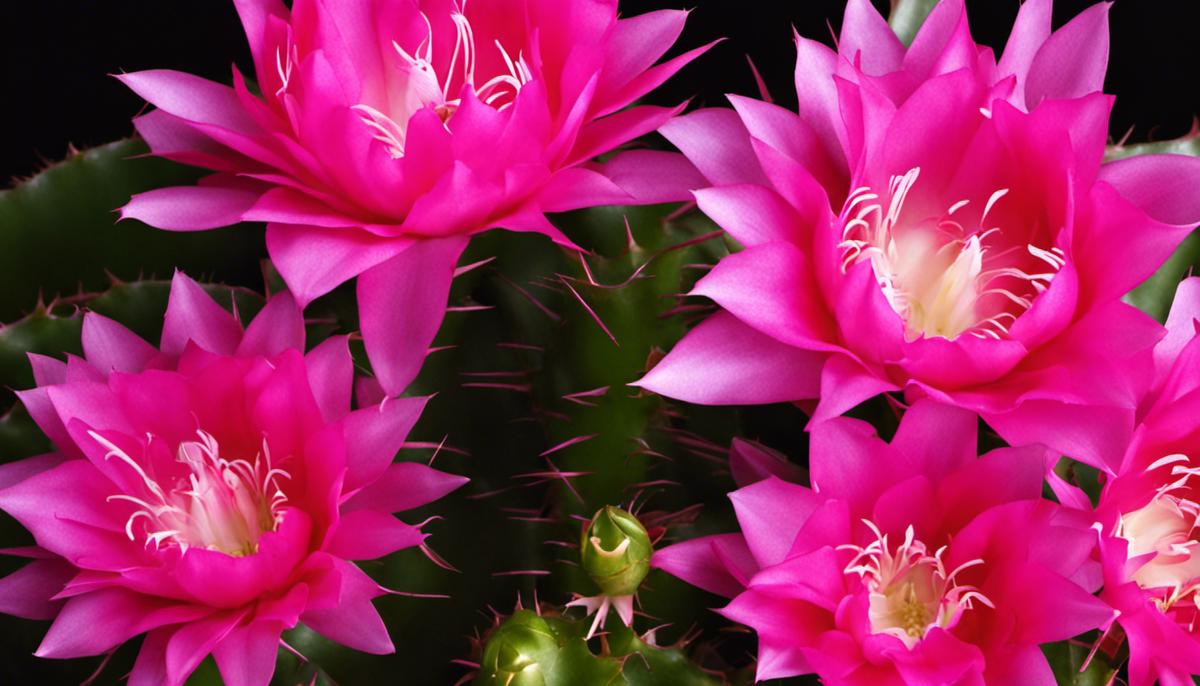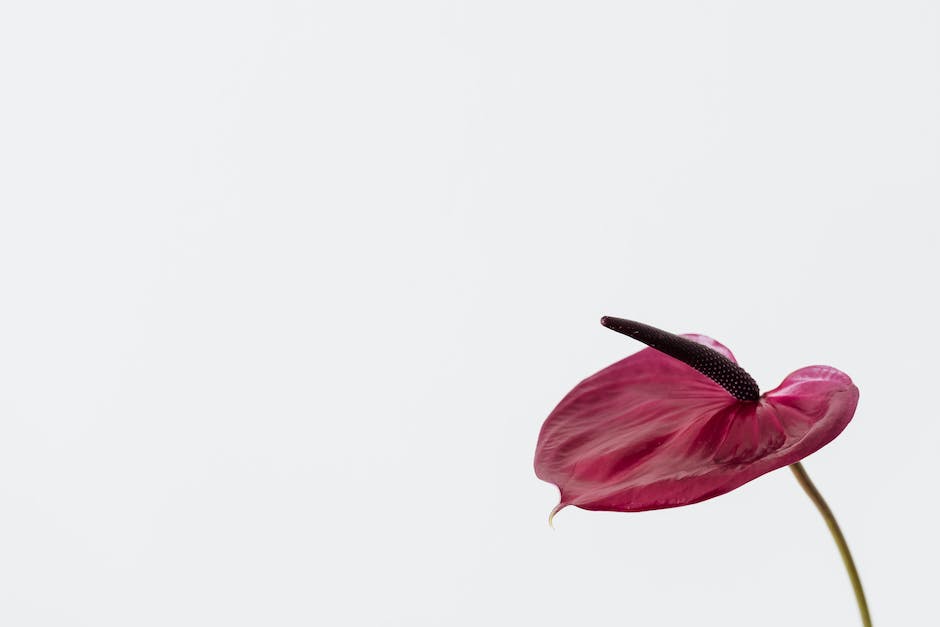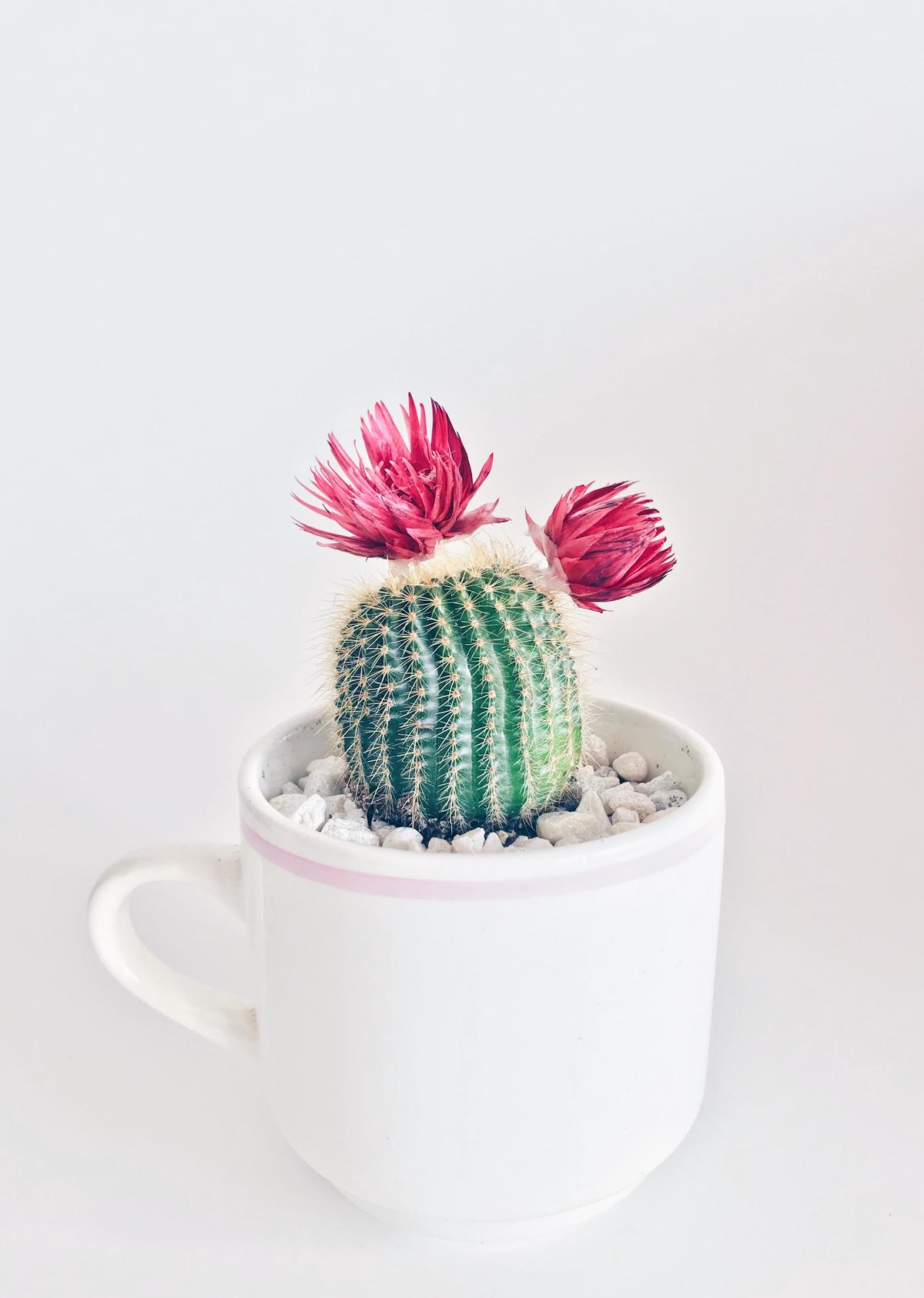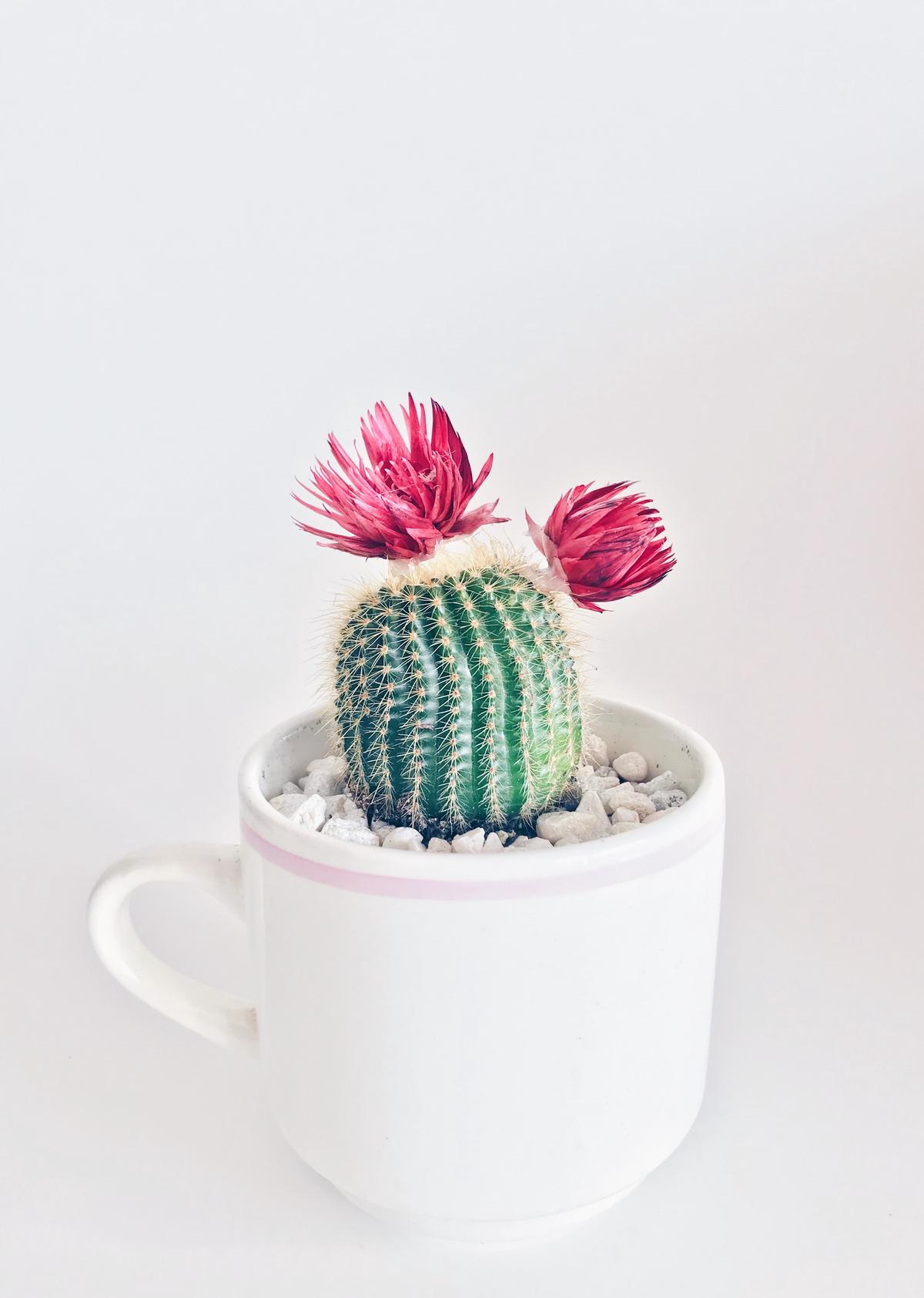Mastering Xmas Cactus Bloom: A Guide

Renowned for its spirited holiday blooms, the Xmas Cactus, scientifically known as Schlumbergera, holds a unique place in botanical hearts worldwide. This particular type of cactus breaks the conventional mold; it’s not a desert dweller but thrives in cool, cloud-covered mountainous regions, hence setting itself apart from its typical heat-loving cousins. With a fascinatingly distinct bloom cycle, the Xmas Cactus rouses intrigue and invites exploration into its care needs, habitat, and blooming triggers. Unlocking the mystery of its blooming will broaden our appreciation for this festive plant while enhancing our understanding of improving the conditions and care practices necessary for it to thrive and reveal its splendid holiday bloom.
Understanding Xmas Cactus
When delving into the captivating world of horticulture, the Christmas Cactus undoubtedly ranks as one of the most splendid and intriguing specimens. The charm of this festive plant extends well beyond its aesthetic allure or seasonal display. Its uniqueness, compared to other cacti, lies in its botanical peculiarity, nature flouted in a beautifully stark contrast to the norm.
To begin, the Christmas Cactus, officially known as Schlumbergera bridgesii, possesses a tenacity that transcends its thorn-less exterior. Unlike typical desert-dwelling cacti that flourish under dry, intense sunlight, the Christmas Cactus reveals its unparalleled resilience in darker, cooler conditions. Originating from the shady and humid forests of Brazil, it demonstrates a starkly different growth approach from other cacti.
The Christmas Cactus exhibits forest cacti characteristics, growing on trees or rocks, often in organic matter-rich crevices. This starkly contrasts with the quintessential image of a cactus as a resilient lone survivor in arid landscapes. This deviation from typical cacti means that the Christmas Cactus has adapted its water-storage techniques, fending off wilting despite significantly less exposure to sunlight and moisture.
Delving into botanical nuances, the most striking feature is its pendulous stems comprised of flat, leaf-like segments. While many cacti brandish pointed, spiky armor, the Christmas Cactus bares blade-shaped flat stems, punctuated by soft, curved edges. Its vivid flowers, shaped like trumpets, bloom at the ends of these segments. This ‘elliptic’ or ‘ovate’ formation of bygone leaves, which have adapted into stems, leads to a breathtaking blooming process that is entirely different from other cacti.
The flowering is, in itself, another wonderful departure from other cacti. In cultivation, Christmas cacti are provoked to bloom in December, hence its popular name. The holiday-themed blooming season is influenced by the plant’s sensitivity towards light and temperature. It can respond with a glorious display of bright pink or white flowers that make this cactus an undeniable conversation starter.
Moreover, the Christmas Cactus is not just unique but also a houseplant companion for the long haul. With good care and under optimal conditions, these plants live for many decades, dwarfing the lifespan of other household plant species.
All said, the Christmas Cactus proudly stands as a testament to the simple fact that not all cacti are created equal. It embraces its distinct heritage, dares to bloom under diverse conditions, shuns typical cacti morphology, and proudly ushers in holiday cheer uniquely. Do remember, the next time you witness a Christmas Cactus in a full-blown glorious bloom, you’re not just observing a plant but celebrating a defiant and beautiful blend of adaptation and variation.

Creating Optimal Conditions
Capturing the essence of the Christmas Cactus’s natural habitat in your own home requires certain techniques. Firstly, an understanding of the plant’s indigenous conditions is vital. Originating from the cloud forests in Brazil, the Schlumbergera (the scientific name for the Christmas Cactus) is accustomed to high humidity, distributed light, and cooler temperatures.
To replicate this, begin by selecting the appropriate soil mix. A well-draining, humus-rich soil will provide the Christmas Cactus with the right balance of nourishment and air space. Many enthusiasts suggest a mixture of equal parts potting soil, coarse sand, and leaf mold or peat.
Regarding the location, bear in mind that the Christmas Cactus doesn’t bask in direct sunlight in its natural environment. Gentle, diffuse light works best. East or North facing windows make ideal spaces. If the only option is a sunny spot, use a curtain or shade to filter the light.
Temperature-wise, the Christmas Cactus prefers a cooler climate, aligning with its habitat in higher altitude cloud forests. October through February is when you’ll want to lower temperatures to around 55-60°F at night and no higher than 70°F during the day to stimulate blooming.
Remember, this particular species hails from a humid environment. While it is drought-tolerant like other cacti, the Christmas Cactus appreciates regular watering. Keep the soil slightly moist but not waterlogged or dry. For humidity, misting can be beneficial or have a tray with water and pebbles below the plant pot for evaporation to moisten the air around it.
Finally, the Christmas Cactus appreciates a little bit of ‘me time.’ It enters a necessary rest period after flowering, where it should be kept drier and cooler than normal for about 2-3 months. This typically redounds to a lusher bloom the following season.
In conclusion though – don’t stress! Remember, every Christmas Cactus behaves slightly different depending on its environment and its specific needs might vary. Keeping a close eye on your plant’s growth and adjusting as necessary while working towards emulating its natural environment will set you on the path to success. Happy growing!

Photo by stephanieharvey on Unsplash
Maintenance and Care
As dedicated hobbyists, delving into the care and nurturing of a Christmas Cactus can be a surprisingly rich, rewarding and festive affair! The ability of this botanical gem to withstand conditions that might put other cacti at odds is undoubtedly fascinating. Delving into the depths of the cactus’s preferred habitat is where the journey commences.
Naturally, the Christmas Cactus hails from the cloud forests of Brazil. This might give you pause when you consider your well-intended urge to sit it under a scorching sun as you would its hardier desert relatives. This adventure in cacti care is about to take some intriguing turns, ready?
The choice of soil is paramount; our beloved Christmas Cactus prefers a fast-draining potting mix. A combination of equal parts peat-based potting mix, perlite, coarse sand, and fine bark dust would be perfect. Avoid regular potting soils as they will retain water longer than our friend would like.
As for the lighting conditions, while good light exposure is essential, direct sunlight might as well be like keeping a snowman under the July sun! An east or north-facing window will do the trick, providing adequate light without the risk of scorching.
On to temperature, and here’s where the drama unfolds. If you’re angling for a memorable flower show around Christmas time, maintaining a night time temperature of around 55 to 60°F (or 12-15°C) in the preceding weeks can be your magic wand!
Watering should be done thoroughly when the top inch of the soil has dried out, but not before it. Over-watering can lead to root rot while under-watering might lead to wrinkly, wilted leaves. The balance is key. As for humidity, a simple way to maintain a moderately humid environment is to place a tray filled with water and pebbles underneath the plant pot.
Once blooming wraps up its stunning performance, a rest period of 6-8weeks will do your Christmas Cactus a world of good. Avoid fertilizing the plant and decrease watering; consider it a well-deserved break for your botanical buddy.
Finally, each Christmas cactus is its own person, much like their caregivers! It’s crucial to be attentive and responsive to its individual needs. A systematic approach can be beneficial, but the flexibility to adjust to each plant’s unique requirements is equally crucial. A keen hobbyist will know that they have achieved the right balance when their Christmas Cactus rewards them with a stunning holiday show of vibrant, bell-shaped flowers.
Indeed, the Christmas Cactus is a hobbyist’s dream – easy to care for, yet mesmerizingly beautiful and intriguing in its uniqueness. Its care and maintenance process brings equally as much joy and fulfillment as the spectacular blooming event. Lean into the art and science of it, and the rewards and satisfaction will be tangible. After all, isn’t that the best part of every hobbyist’s journey?

Photo by stephanieharvey on Unsplash
A deeper understanding of the Xmas Cactus, combined with informed cultivation practices, provides an enchanting opportunity to become more than just observers of its annual blooming spectacle. We can become enablers, creating an environment wherein the Xmas Cactus can flourish, all the while sharpening our horticultural skills. By maintaining optimal conditions, regular maintenance and immediate response to any potential threats, we harness the full potential of these joyful plants, ensuring their vibrant holiday debut. As we strive to successfully encourage our Schlumbergera to bloom, it rewards us by painting our holiday season with its brilliant and stunning flowers, ultimately enriching our bond with nature.



